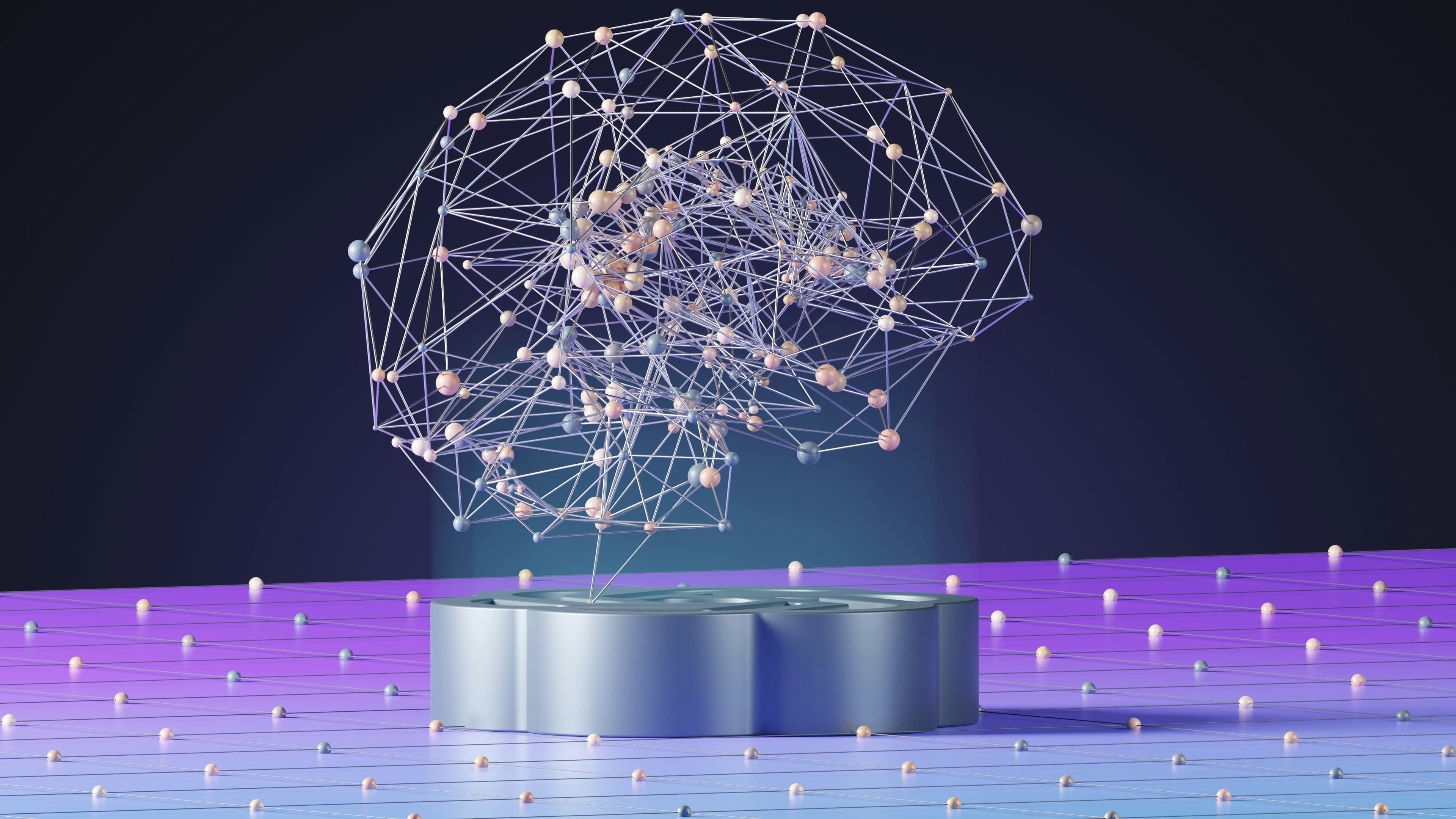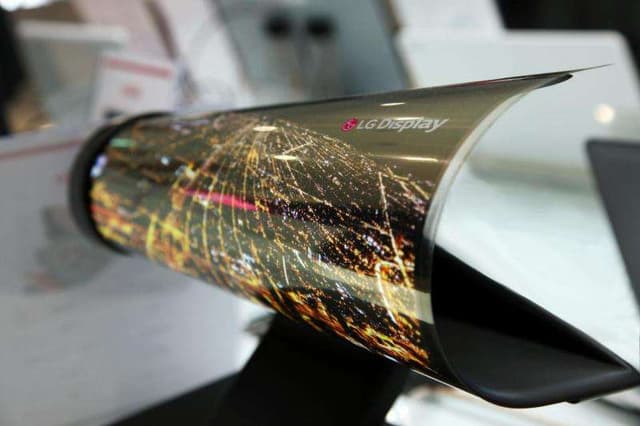In 2025, the conversation around technology has shifted. It’s no longer just about innovation or disruption—it’s about balance. After years of relentless digital acceleration, society is asking a more human question: How can we make technology serve us, not consume us?
This article explores how people, businesses, and governments are navigating the intersection of humanity and automation. From the ethics of AI to the rise of digital wellness, we're in the midst of a quiet cultural revolution—one where technology is being redefined not just by what it can do, but by what it should do.
1. Beyond the Hype: The Maturity of Artificial Intelligence
AI in 2025 is no longer just the shiny new tool of tech companies. It’s everywhere—from the logistics algorithms that keep global trade moving to the personal tutors guiding students through complex topics.
But with maturity comes responsibility. We’ve seen the consequences of unchecked AI: bias in recruitment, misinformation at scale, data surveillance. Now, in 2025, AI development is increasingly guided by ethics panels, transparency mandates, and algorithm audits.
More importantly, public awareness has grown. People no longer passively accept AI decisions—they ask questions. How was this algorithm trained? What data is it using? Can I opt out? This shift toward digital literacy and algorithmic accountability is one of the defining trends of our time.
2. Automation Without Alienation
One of the great fears of the past decade was that automation would steal jobs. And while it’s true that many routine tasks are now handled by machines, 2025 tells a more nuanced story.
Yes, some roles have disappeared—but new ones have emerged. Jobs focused on AI training, machine empathy, data storytelling, and human-AI collaboration are now commonplace. In manufacturing, robots handle precision tasks, but humans oversee quality and innovation. In healthcare, diagnostic AI supports, not replaces, the clinician.
Crucially, the best workplaces of 2025 understand this balance. They don’t just automate—they augment. They redesign roles to focus on what humans do best: creativity, empathy, judgment, and vision.
3. Digital Wellness Is Now Essential
Remember when screen time was a quirky stat on your phone? In 2025, it’s a full-blown public health priority.
Years of hyperconnectivity led to burnout, anxiety, and sleep disruption. Now, people are actively seeking digital balance. Smart devices come with built-in wellness settings: limiting exposure to doomscrolling, filtering toxic content, and scheduling device-free moments.
But beyond tools, there’s been a cultural shift. Employers encourage digital sabbaticals. Schools teach media mindfulness. And social platforms are starting to redesign themselves around meaningful interaction, not endless engagement.
The message is clear: technology should amplify life—not distract from it.
4. Data Ownership: The New Digital Currency
In 2025, data is no longer something companies take for granted. Thanks to sweeping regulations and growing consumer awareness, data sovereignty is now a right, not a privilege.
People control their data wallets like bank accounts. They decide who gets access, for how long, and for what purpose. Companies now compensate users for data insights—offering discounts, perks, or even micro-payments in exchange for permission to analyze anonymized behavior.
This has led to a booming data economy, where transparency builds trust, and ethical data practices become competitive advantages. People are no longer digital products—they’re empowered participants in the systems that shape them.
5. Tech for Connection, Not Isolation
One of the quiet successes of 2025 is how technology has helped rehumanize communication.
Video calls now use real-time emotion detection to adapt to tone. Messaging apps offer “pause and reflect” suggestions before you hit send. Social media encourages more offline actions—inviting users to meet in person, volunteer locally, or reflect on a post rather than react instantly.
Even dating apps have evolved. Instead of endless swiping, many now use AI compatibility models that promote deeper, values-based connections. In a world where it’s easy to be constantly online, the real luxury is authenticity—and tech is finally catching up to that.
6. The Rebirth of Local
Paradoxically, global tech has fueled a renaissance in local living.
People are using digital tools to shop locally, support neighborhood projects, and build hyper-local networks. Community apps help residents share resources, track environmental data, and co-create public spaces.
In education, students collaborate with peers worldwide, but apply their skills to solve local problems—like improving access to clean energy or modernizing public transport. In this way, technology becomes a bridge between global intelligence and local action.
7. Tech and Climate: Urgency Meets Innovation
Climate change is no longer tomorrow’s problem. It’s today’s crisis. And in 2025, technology is playing a central role in adaptation and mitigation.
Smart grids reduce energy waste. AI predicts wildfires, floods, and droughts with unprecedented accuracy. Carbon capture startups are scaling rapidly, powered by breakthroughs in nanotech and materials science.
But it’s not just big tech—everyday tools are getting greener. Phones are modular and repairable. Servers run on renewable energy. Packaging is biodegradable by design.
Consumers, too, are part of the shift. Digital footprints now include carbon impact meters, guiding people toward more sustainable habits. For many, eco-optimization is as important as convenience.
8. Tech Literacy Is Human Literacy
In 2025, understanding technology is no longer optional—it’s essential to being an informed citizen.
Children learn coding alongside reading. Seniors attend AI bootcamps to stay independent. Governments fund public tech education as a matter of national resilience.
Even civic participation is increasingly digital. Town halls happen in virtual reality. Policy feedback is crowdsourced through interactive platforms. Democracy is being upgraded—not to something flashy, but something more inclusive, accessible, and responsive.
9. Tech With a Soul
Perhaps the most exciting trend of all? The return of soul to technology.
People are tired of cold efficiency. They want emotion, art, humanity. And in 2025, tech is responding.
Devices are designed with emotional intelligence. Interfaces are aesthetic and intuitive. Artists, poets, and philosophers are working with engineers to create tools that don’t just work—they resonate.
From AI-generated poetry to empathy-driven robotics, the frontier isn’t just technological—it’s existential. We're asking not just “what can we build?” but “why are we building it?”
Redefining Progress
The story of technology in 2025 is not one of dominance, but of harmony. It’s the story of a species learning to wield its tools more wisely, to slow down even as the world speeds up, and to seek meaning in a digital world that once promised only efficiency.
Progress is no longer just faster processors or smarter machines. It’s deeper connection, better choices, and a future we shape—not just accept.
We’re not just living in the future. We’re growing into it.
Loading...



